Blog
Homeowner's Guide to Natural Wood in Furniture
There are numerous natural wood types used in furniture, ranging in density, color, grain pattern, and price. The more informed you are about the wood used in your furniture the easier your shopping process will be. It will also give you a greater sense of connection to your furniture.
Wood is, after all, a living material. By nature, it is varied, unique, and has its own story to tell. We decided to create this guide so that you would have all of the need-to-know information about wood furniture in one place.
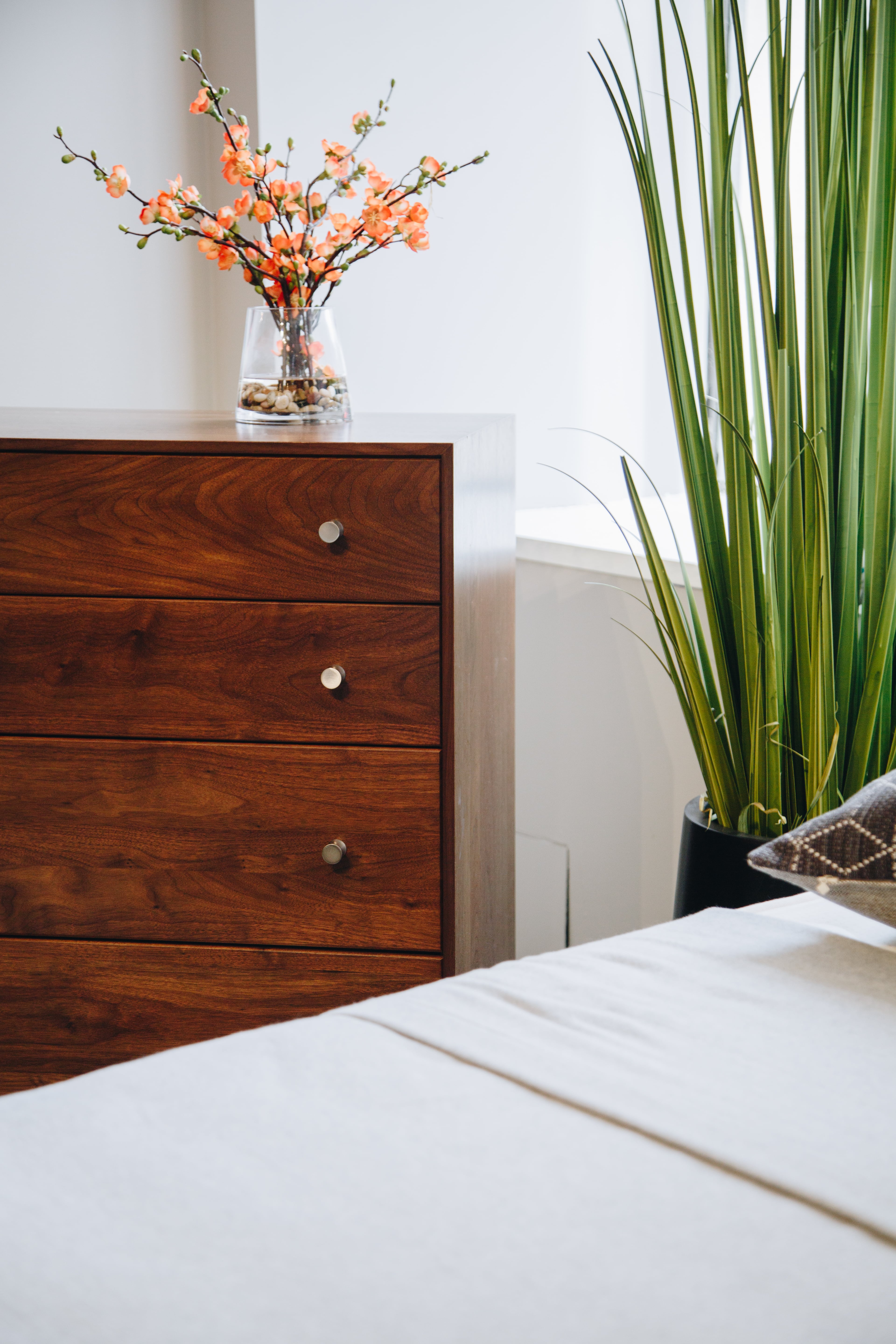
Natural characteristics of wood
The first thing to keep in mind when thinking about wood furniture is that wood is a living material. Its characteristics will never be uniform, and perfection should never be expected. A tree, and therefore wood, is constantly adapting to the environment it's growing in.
Not only is this natural but it's beautiful! Although you can't expect "perfection" from wood furniture, we believe this is where the beauty lies. In every mark, mineral stain, and color pattern, there is a story.
The natural marks in wood, called pitch pockets, occur when a tree encounters insects and other living beings in its lifetime. As the years' progress, the tree adapts to the trail they leave, creating a mark. These marks, along with mineral streaks, provide beautiful contrast in natural wood products.
Tiger striping is a distorted grain pattern that looks exactly as it sounds, like the stripes of a tiger. Is there an antique in your home that's been passed down through generations? A bookcase with a distinct mark your grandmother gave you?
When you buy a piece of natural wood furniture you're buying a decades-old story; a story that starts as a sapling and continues on in your home and the homes of your children.
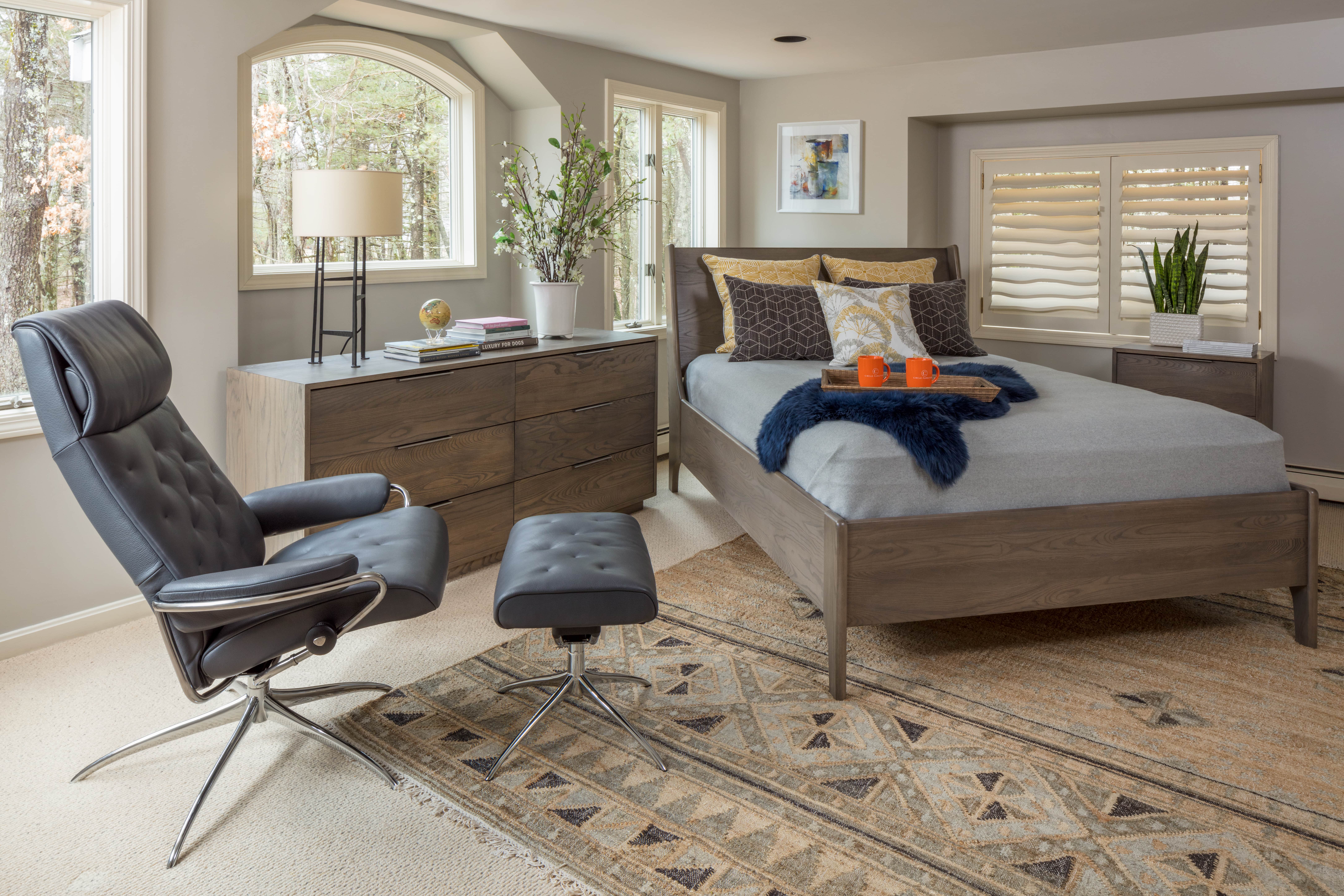
Hardwood vs. Softwood
Hardwood: Mahogany, Walnut, Oak, Ash, Birch, Maple, Cherry
Softwood: Pine, Poplar, Acacia, Spruce, Cedar, Fir, Rubberwood
Hardwood is, as the name suggests, a harder wood and is more durable and long-lasting than softwood. Hardwood trees are slow-growing and produce a denser wood, and are, in general, deeper in tone than softwood trees.
Softwoods, on the other hand, are less dense and are not as durable as hardwoods. They are sometimes used as backing or on the insides of case goods.
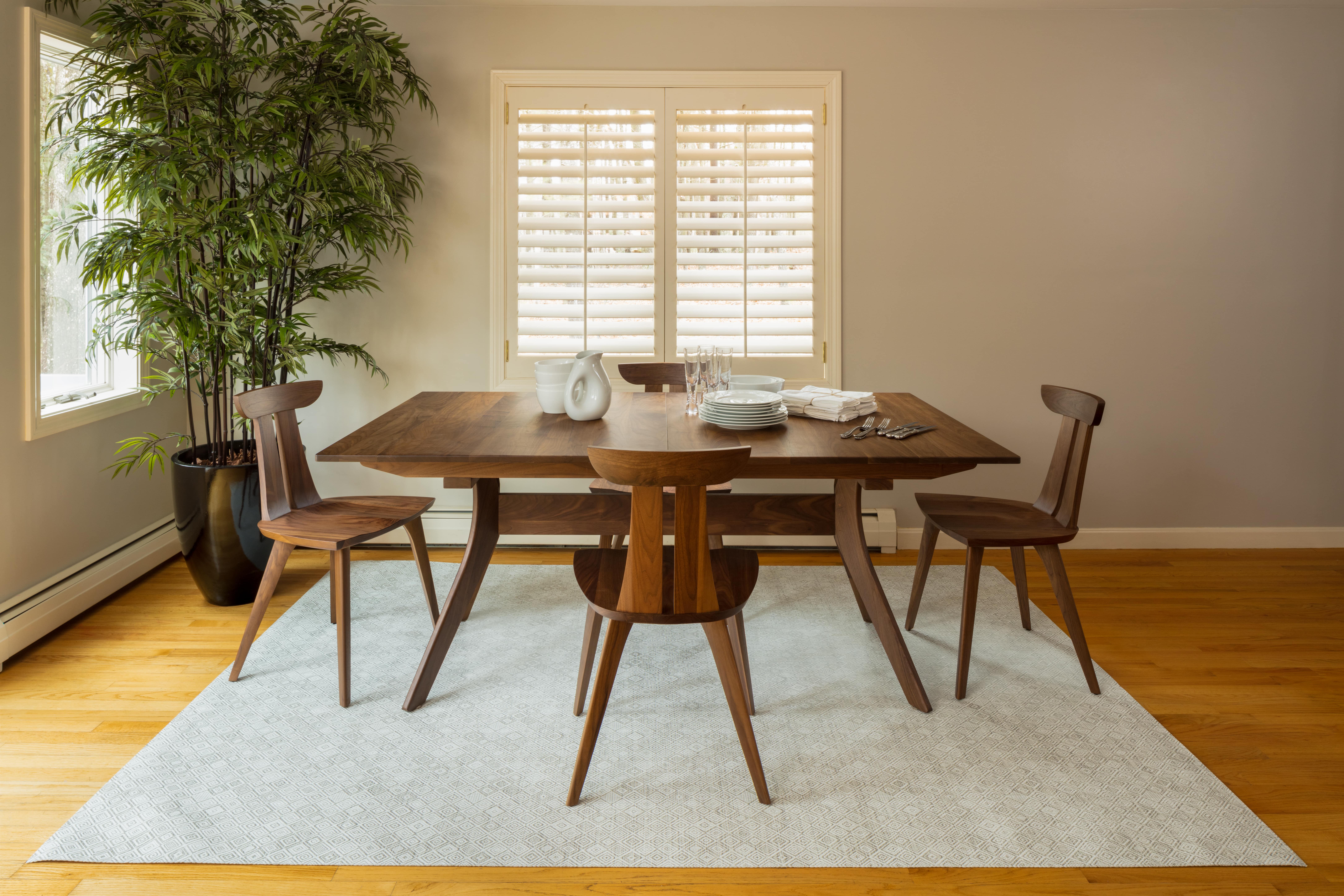
Particleboard, Medium Density Fiberboard, and Veneers
Although we're talking strictly about natural wood here, a quick word on Particleboard and Medium Density Fiberboard (MDF) as these are commonly found in the modern furniture market.
Both Particleboard and MDF are engineered wood composites made up of leftover fibers from hardwood or softwood. MDF is extremely sturdy and can be functional in certain furniture pieces like bookcases and media cabinets where its strength is put to good use.
Particleboard, on the other hand, is much less dense and is a composite of wood chips and glue or resin. It's an affordable option that is much more prone to damage and breakage.
A Veneer will vary in quality and is made by placing a thin piece of premium hardwood over a manufactured wood.
Types of wood

Cherry
-
Grows in Pennsylvania, New York, and West Virginia.
-
The Sapwood is creamy white.
-
The Heartwood is red/pink to reddish brown.
-
Shade intolerant.
-
The color will darken over time as it's exposed to light.
-
It has a straight grain and a smooth texture.
-
Accepts stains well.
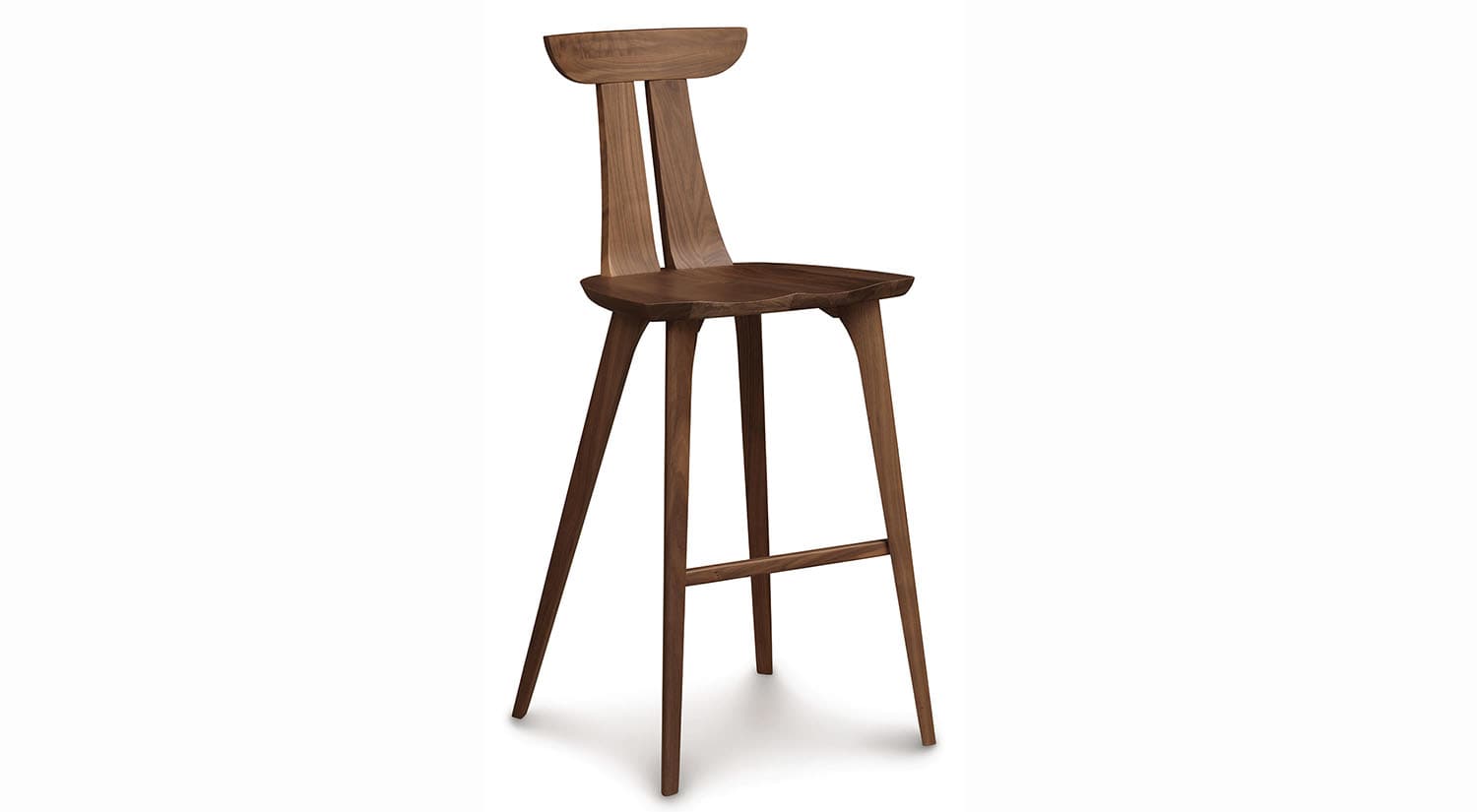
Estelle Bar Stool in Walnut
Walnut
-
Walnut grows in Missouri, Indiana, and Ohio.
-
The Sapwood is creamy white.
-
The Heartwood is dark brown with dark and sometimes purplish streaks.
-
It's generally the most expensive hardwood.
-
It's usually steamed to make the color more uniform.
Ash
-
It grows in Northern NH and Northern VT.
-
The Sapwood is light/white, similar to Maple.
-
The Heartwood varies from shades of brown to pale yellow streaked with brown.
-
It's a member of the Olive family.
-
The grain is generally straight and pronounced with open pores.
-
Accepts stains well.
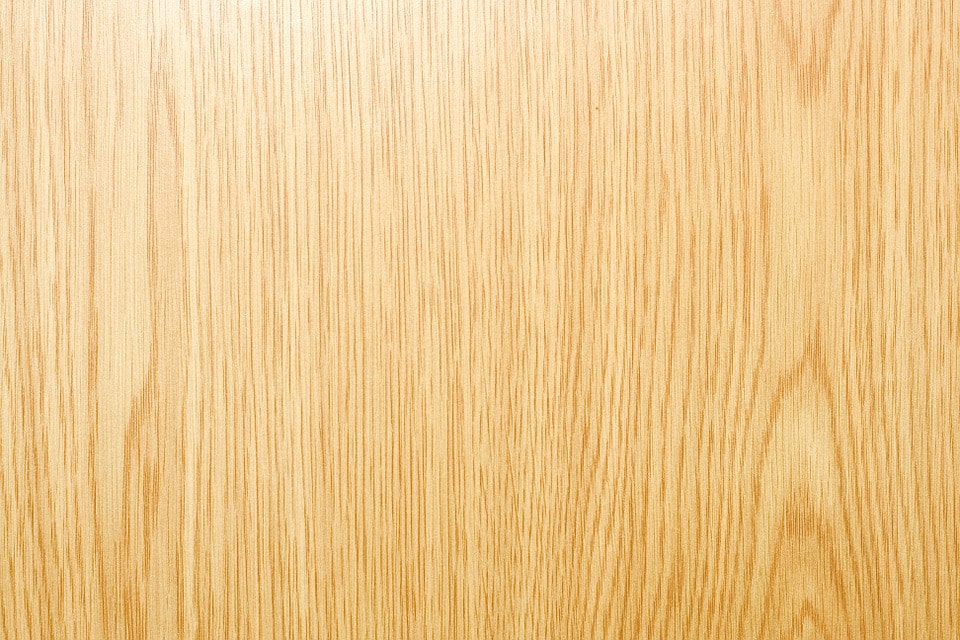
Hard Maple
-
It grows in Northern NH and Northern VT.
-
The Sapwood is light/white.
-
The Heartwood varies from light to dark reddish brown.
-
It's one of the heavier woods.
-
It has a fine texture and is generally straight grained but occasionally features fiddle-back, tiger striping, burl, and birds-eye figuring.
Read more: Copeland Furniture Company: A Factory Tour and Inside Look
How to Choose a Wood Type
Choosing a wood type will mostly come down to style and preference of color and finish. For an airy, light look Maple or Ash are great options. Walnut has become increasingly popular over the past few years and is a wonderful option for a modern or contemporary home.
Cherry tends to lend itself to a more traditionally styled home. If you're looking for a textured, industrial look you might look for driftwood or reclaimed wood. There are also usually options for the finish of the piece.
A matte finish tends to give the wood a natural and raw feel, versus a shiny glaze which will look more polished and refined.
Another important point to remember
Wood changes color when exposed to sunlight, so be sure to rotate and move around rugs, place mats, chairs, and anything else that sits on top of the wood. This will ensure that the color stays uniform.
Read more: Why is Wood Furniture So Expensive A Detailed Breakdown
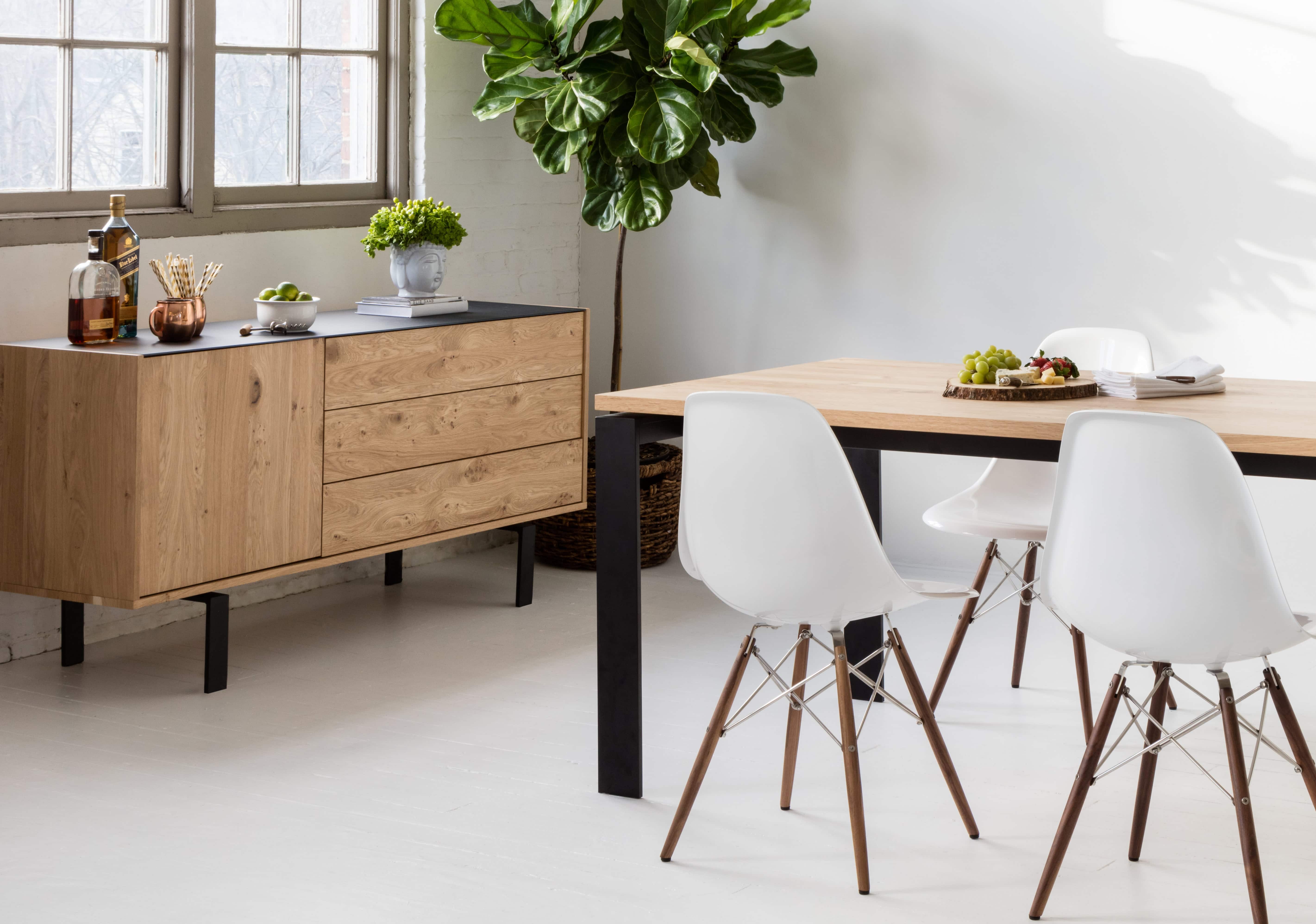
Conclusion
The most important thing to keep in mind when considering wood type in furniture is quality. We pride ourselves on working with manufacturers who sustainably source and craft hardwood furniture that's built for generations.
The best way to get a feel for what type and finish of wood speaks to you is to check them out in person. Our Design Consultants have an extensive knowledge on wood furniture and can steer you in the right direction.
Check out our Complete Guide to Furnishing a Dining Room.
Author: Guest Author


